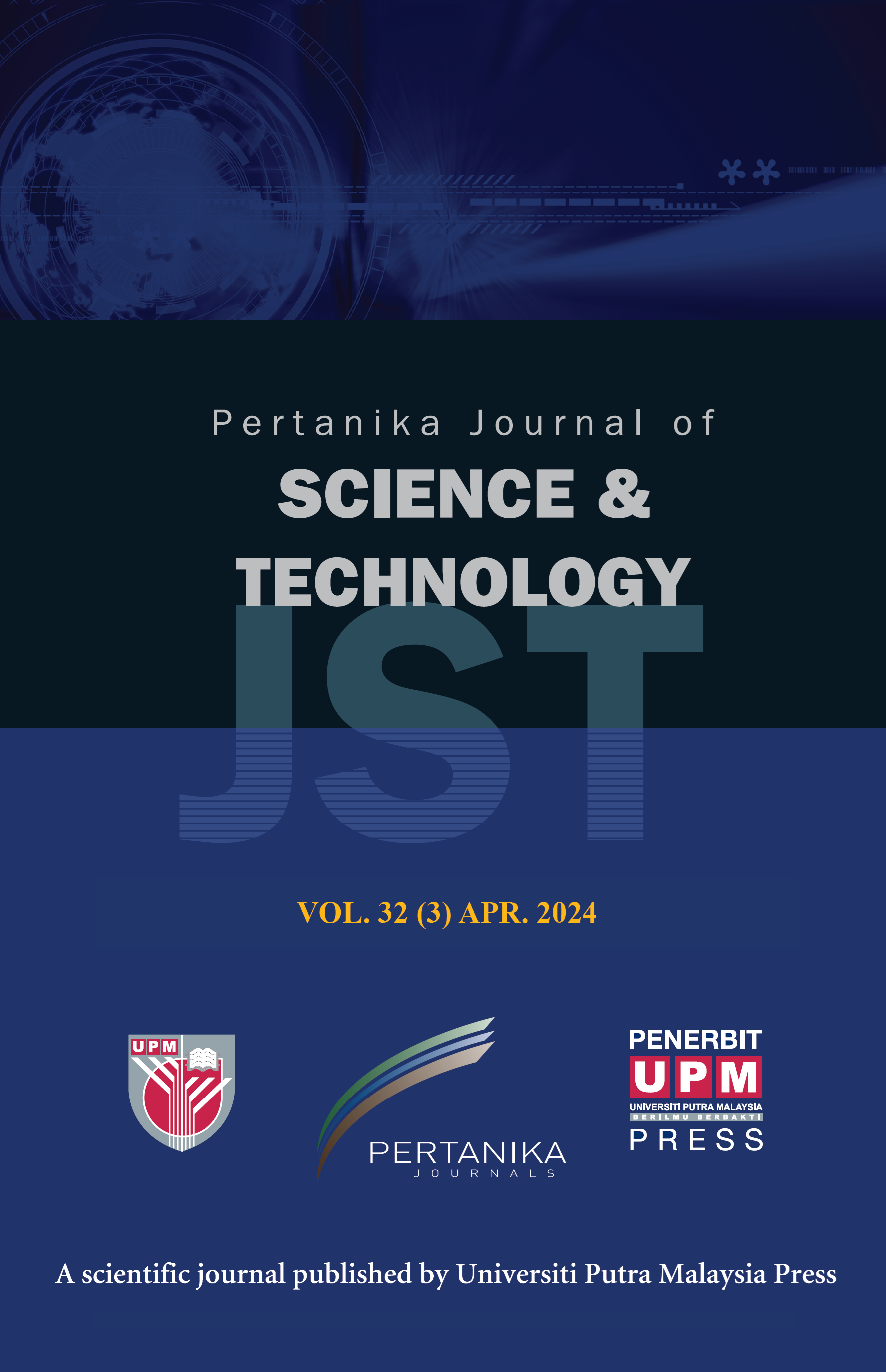PERTANIKA JOURNAL OF SCIENCE AND TECHNOLOGY
e-ISSN 2231-8526
ISSN 0128-7680
Morphological and Genetic Relationship of Ancient Shan Tea Tree (Camellia sinensis var. assamica) from Ecogeographical Regions in Northern Vietnam
Lien Thuy Bui, Phong Xuan Ong, Thiep Van Nguyen, Khang Tan Do, Huy Gia Tran, Phi Bang Cao, Ha Duc Chu, Dung Phuong Le and Hong Viet La
Pertanika Journal of Science & Technology, Pre-Press
DOI: https://doi.org/10.47836/pjst.33.4.08
Keywords: Ancient Shan tea, eco-geographical regions, ISSR marker, morphological, Northern Vietnam
Published: 2025-06-11
The genetic diversity of ancient tea plants is a crucial natural resource that helps understand plant evolution, diversification, and domestication. However, northern Vietnam’s genetic diversity of natural ancient tea populations remains unclear. This study investigated the morphological, genetic, and population structure diversity of ancient Shan tea (Camellia sinensis var. assamica) genotypes across Lao Cai, Yen Bai, and Ha Giang provinces in northern Vietnam. Nineteen tree stems, leaves, and shoots morphological traits were analyzed, revealing significant leaf size, bud characteristics, and trunk circumference variability. Principal Component Analysis identified key morphological traits contributing to diversity, particularly leaf length, bud length, and shoot weight, with distinct groupings among the tea plants. Genetic profiling using ISSR markers amplified 96 bands, with 94 showing polymorphic characteristics, indicating a high level of genetic diversity. ANOVA revealed that 88% of the genetic variance occurs within populations, further supported by UPGMA clustering and Principal Coordinates Analysis, highlighting the genetic distinctions and similarities among the three tea populations. The study concludes that the morphological and genetic diversity of Shan tea is influenced by eco-geographical factors, underscoring the need for conservation efforts to preserve these valuable germplasm resources for future breeding and research.
ISSN 0128-7702
e-ISSN 2231-8534
Share this article

